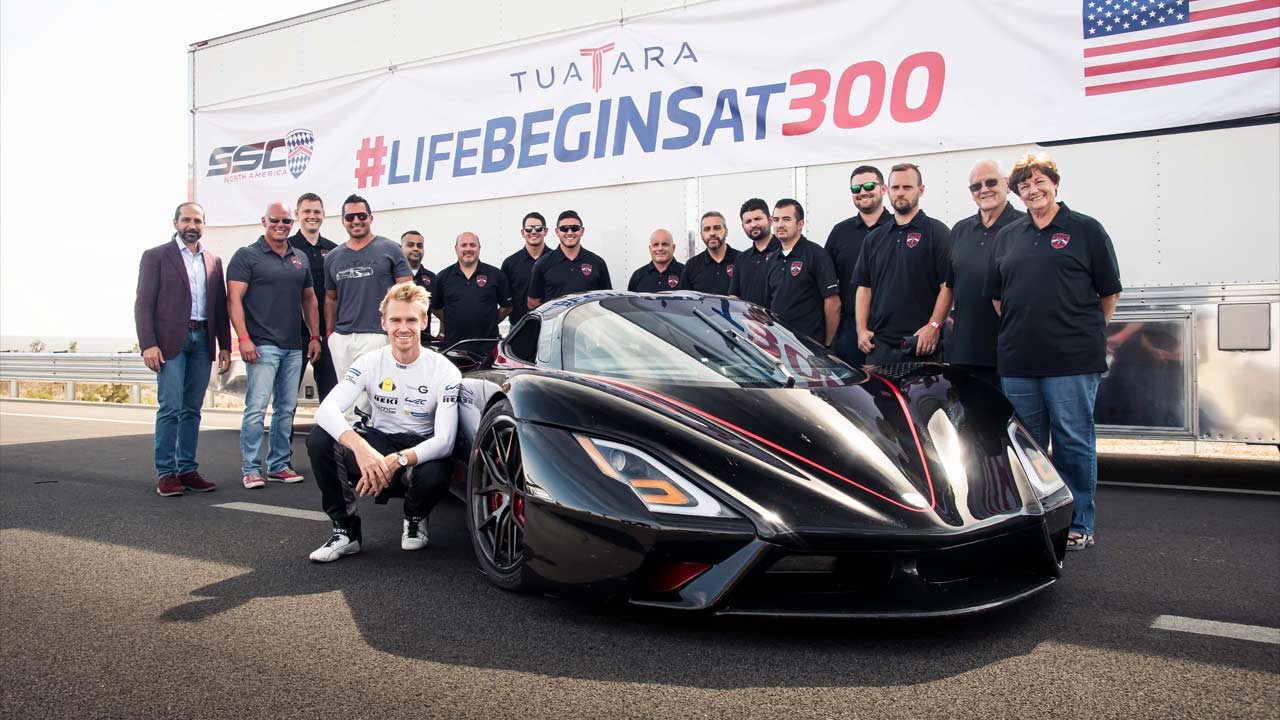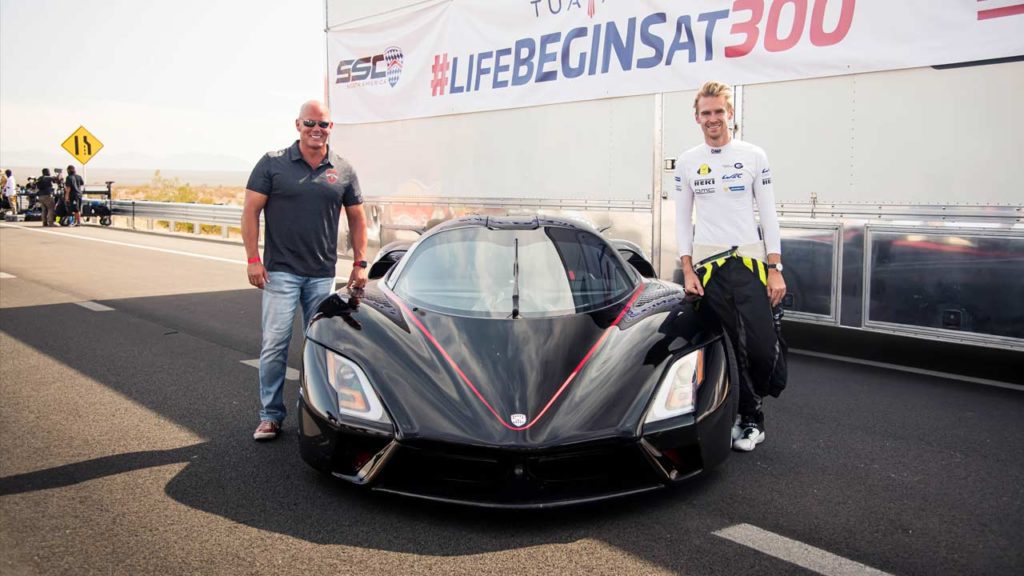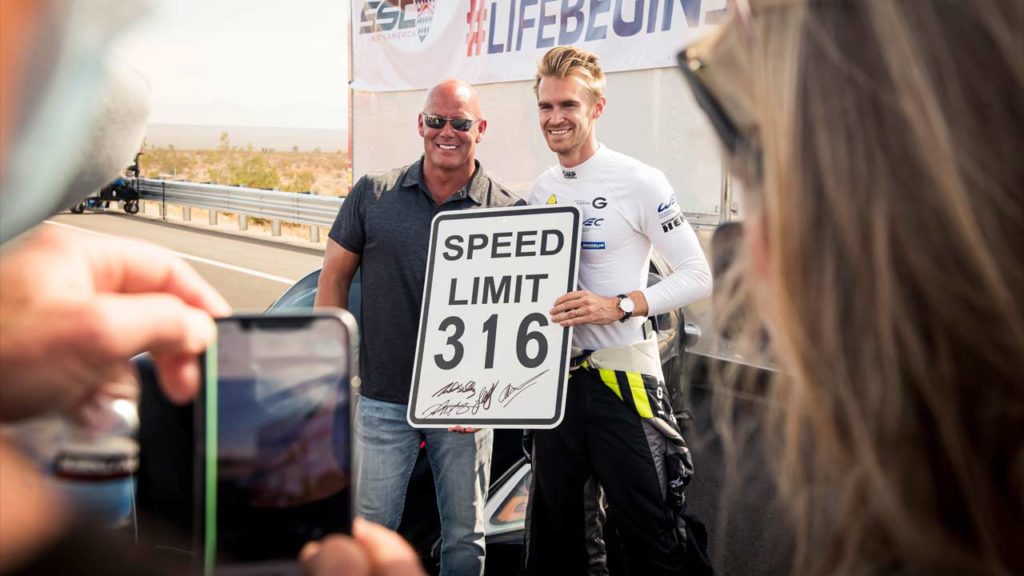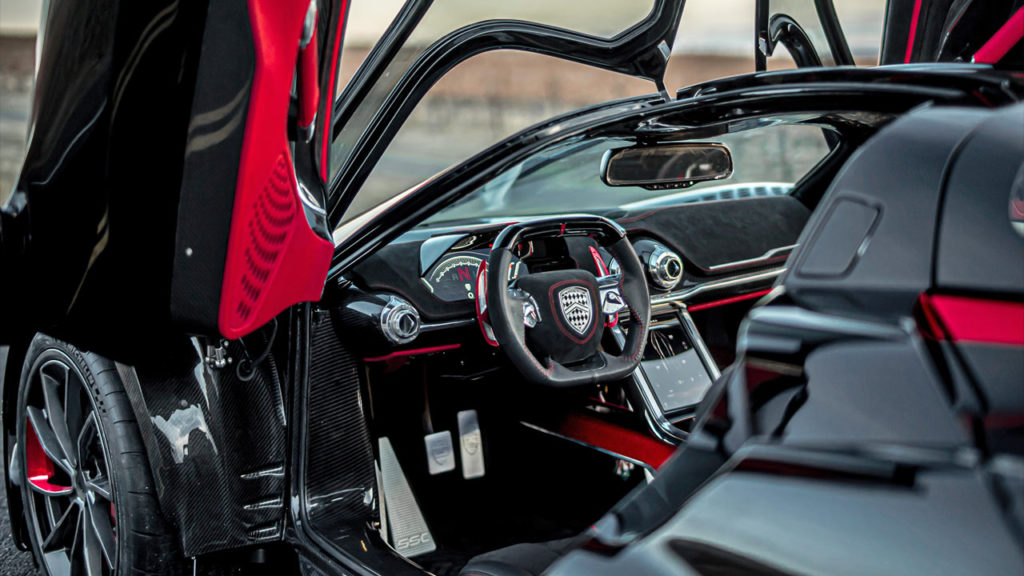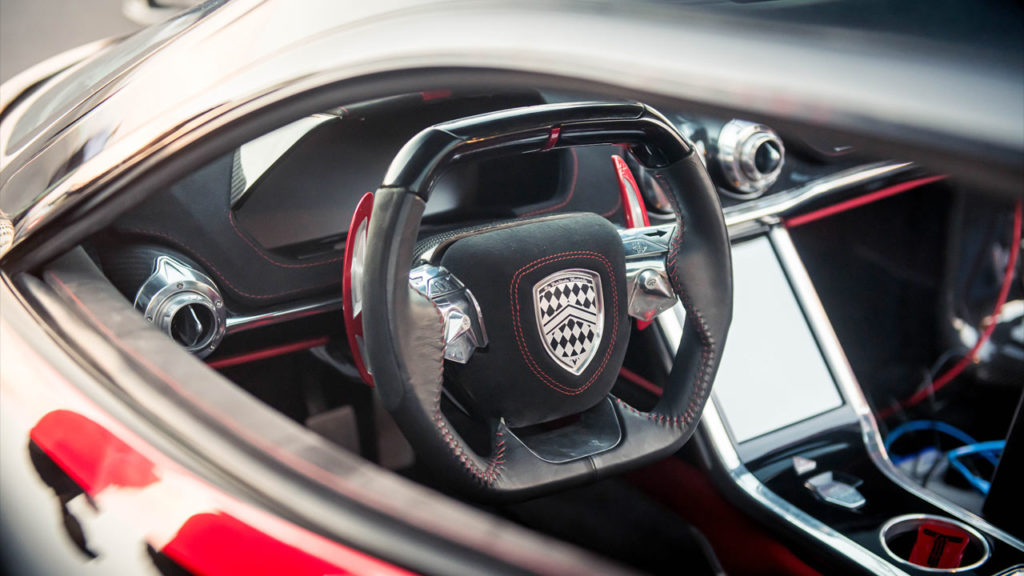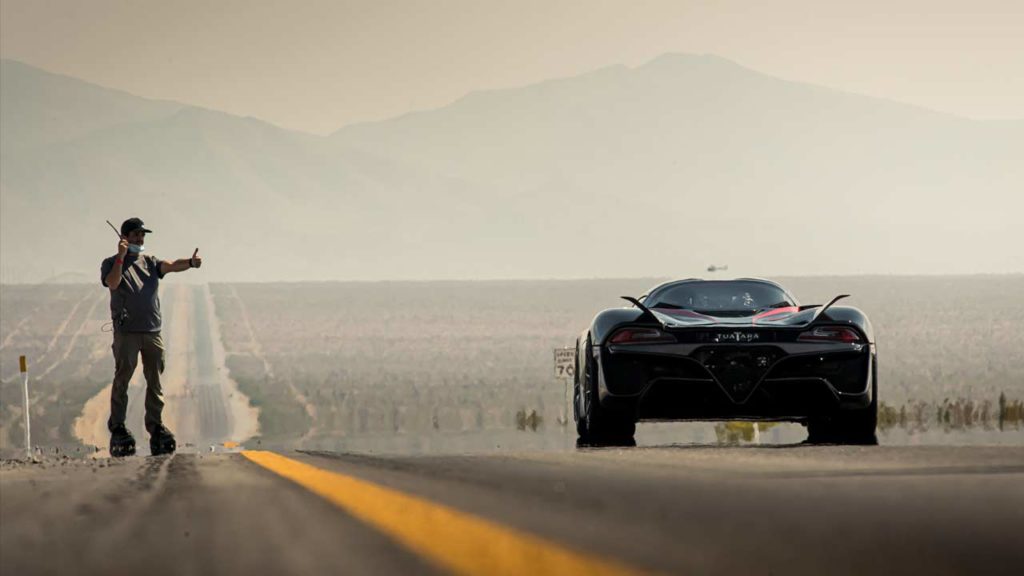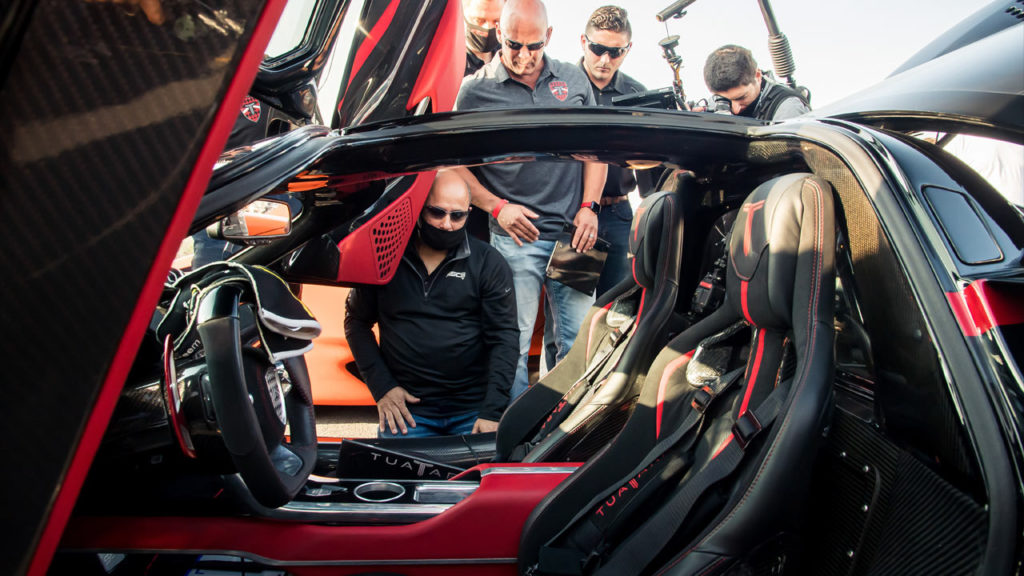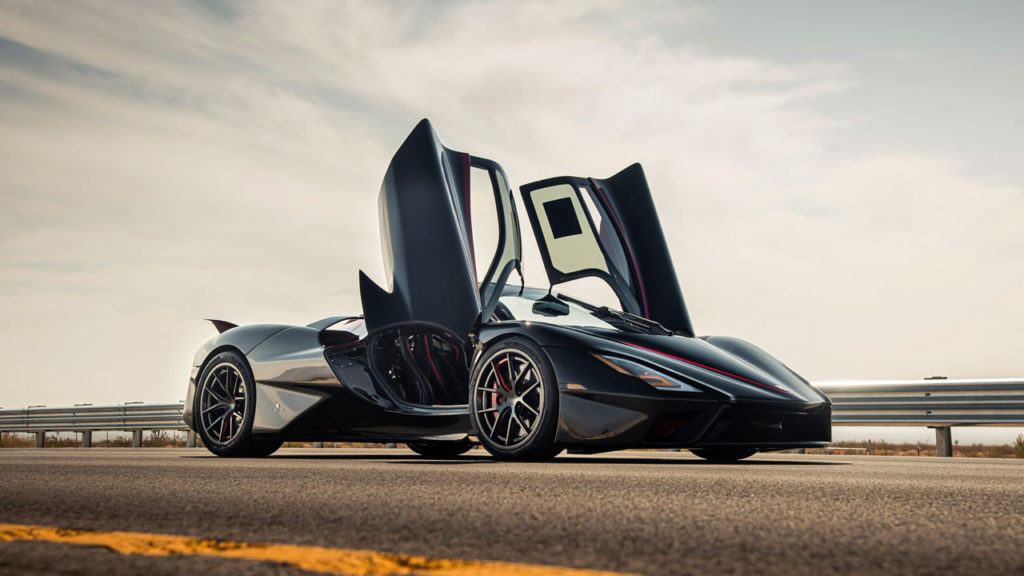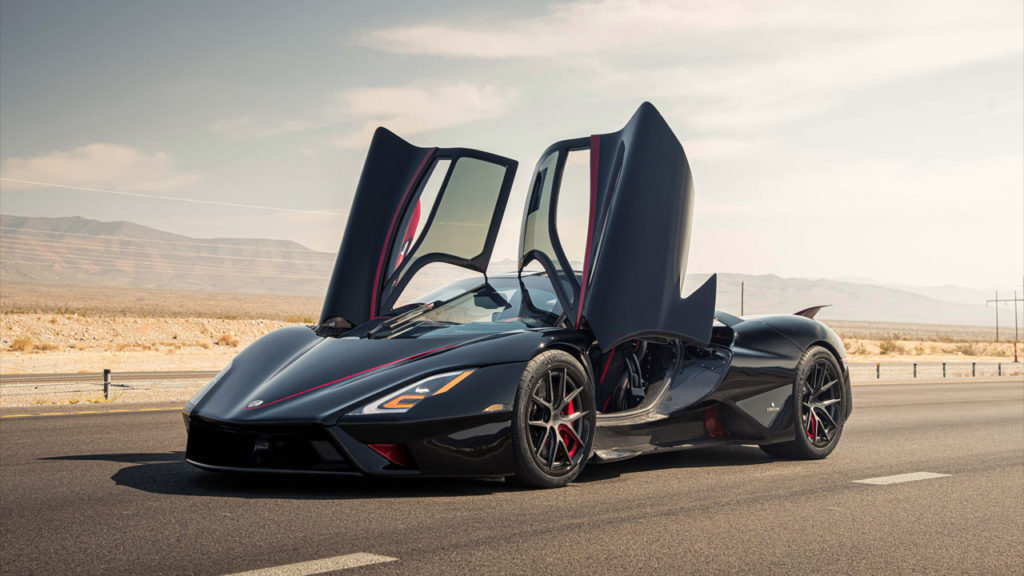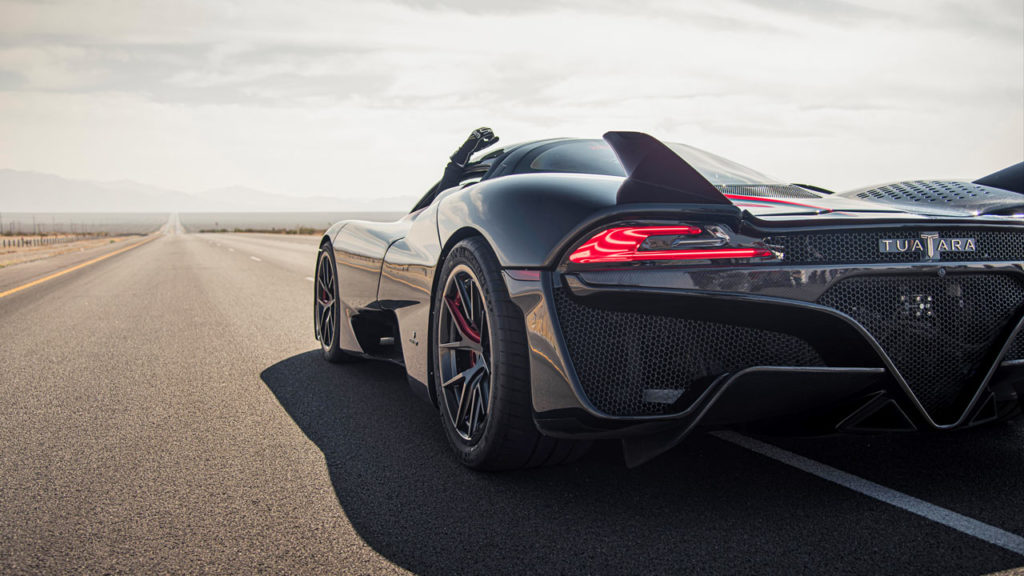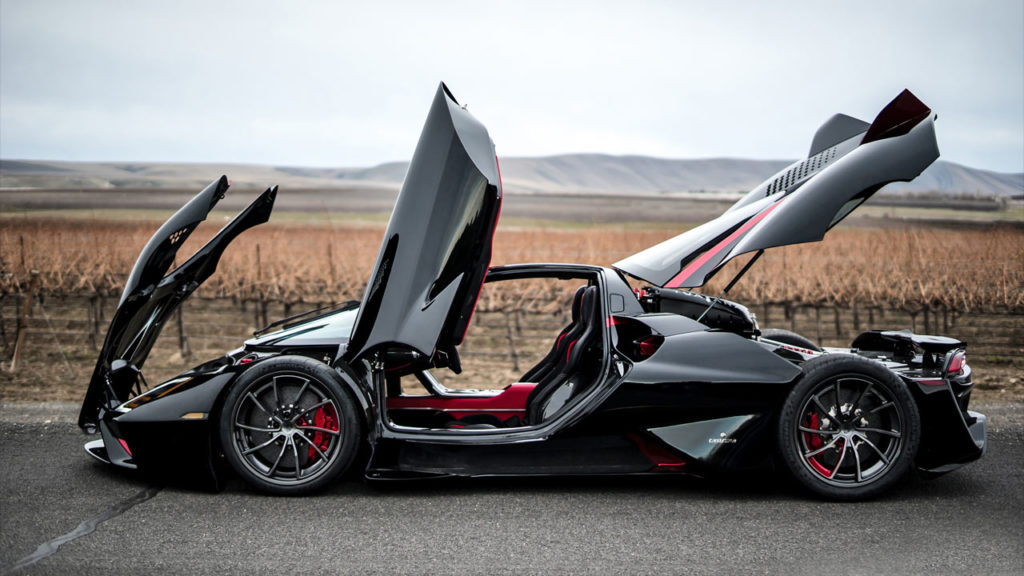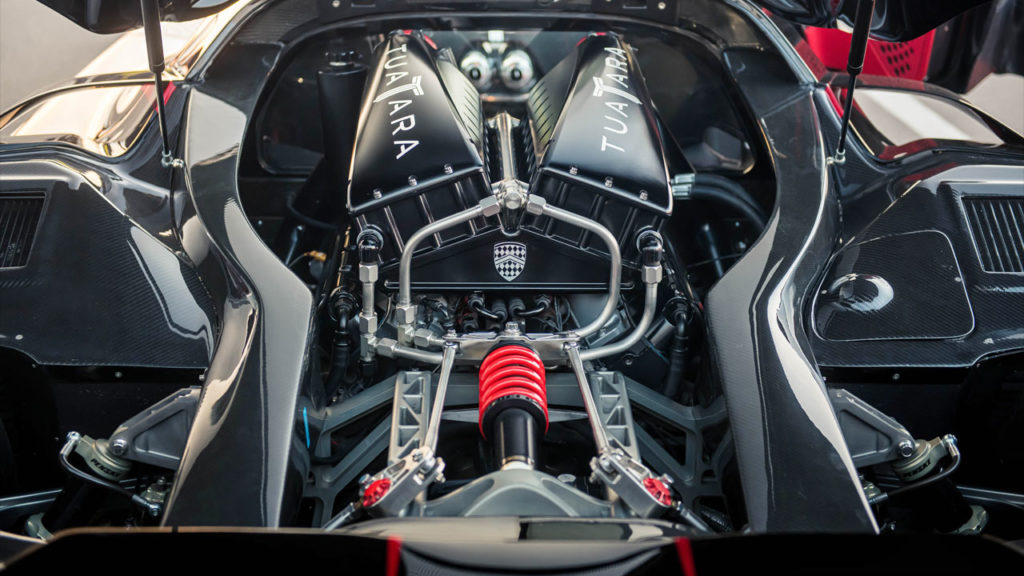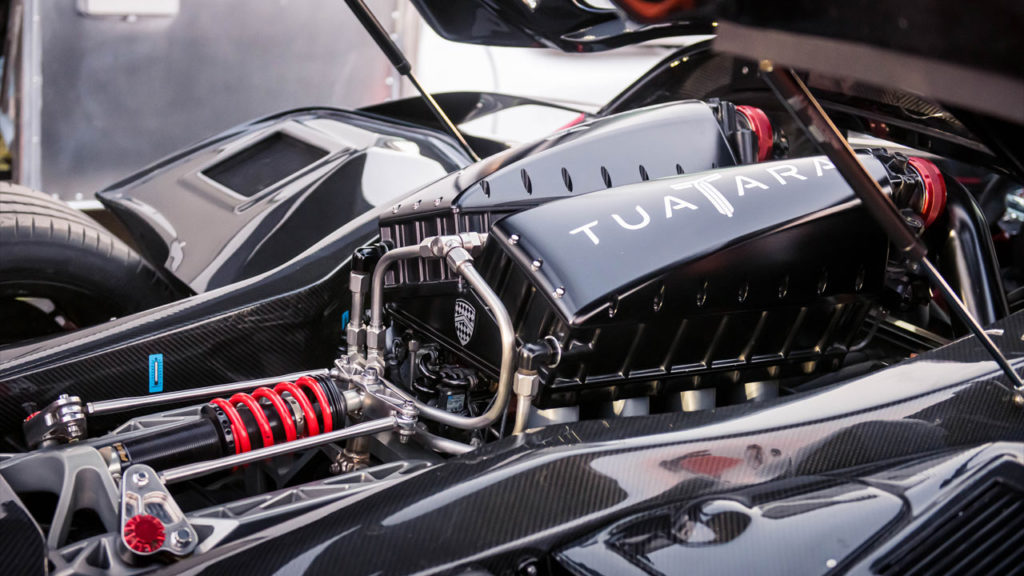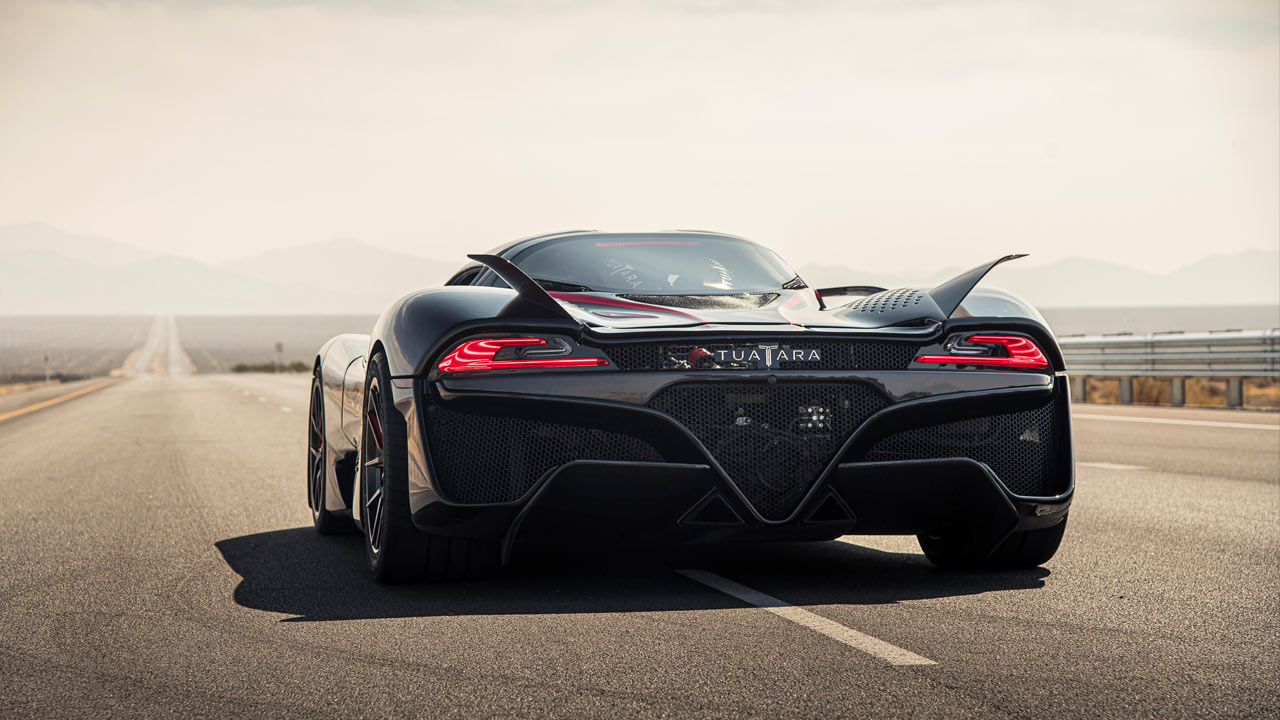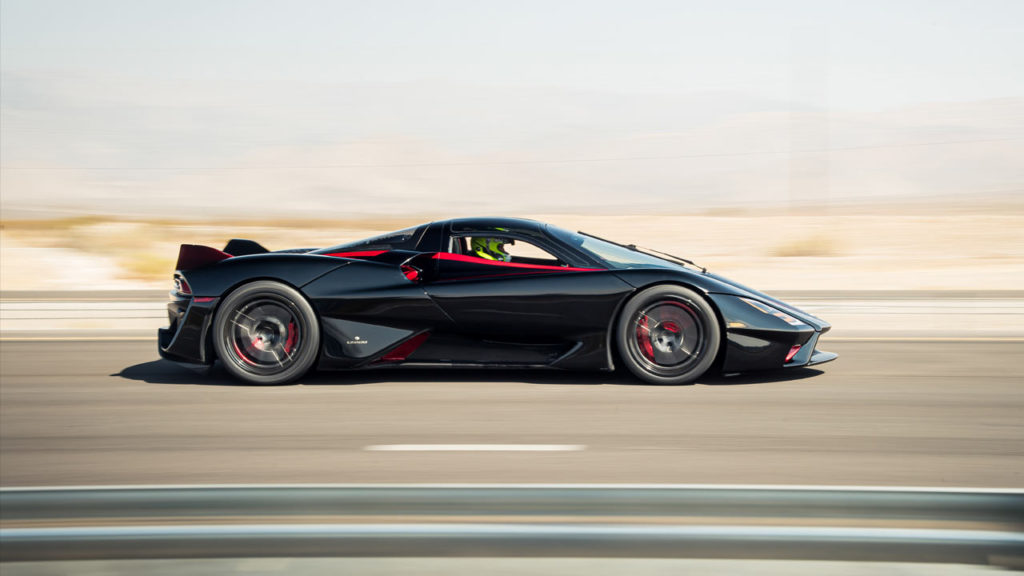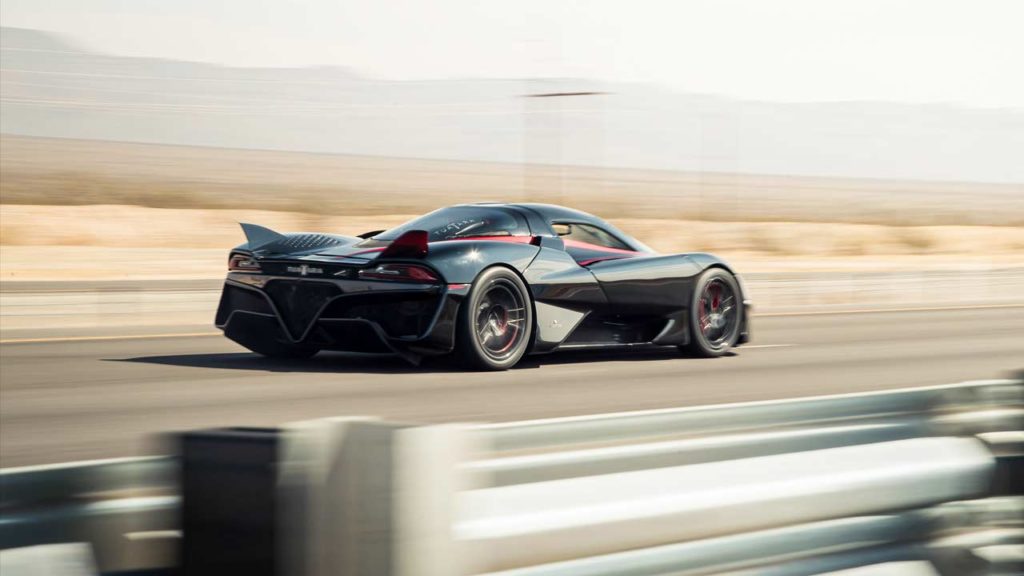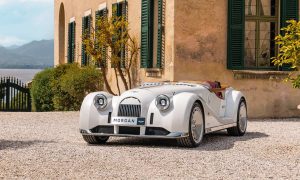[Important update: Did SSC lie about Tuatara’s world record?]
The SSC Tuatara has dethroned Koenigsegg Agera RS by setting a new average speed of 316.11 mph (508.73 km/h) following two consecutive high-speed runs of 301.07 mph (484.53 km/h) and 331.15 mph (532.93 km/h). The Agera RS had achieved an average speed of 447.0 km/h (277.9 mph) in 2017.
Behind the wheel was professional racing driver Oliver Webb. The record-breaking drive took place on the morning of Saturday, October 10, outside of Las Vegas near Pahrump, Nevada, along a 7-mile stretch of State Route 160. SSC said that the officials were on-site to verify that all world record criteria were met, including a review of Dewetron GPS measurements, which tracked the speed runs using an average of 15 satellites, and to confirm the new record. However, it is unclear whether the officials were from Guinness World Records.
It’s been 10 years since we held this record with our first car, the Ultimate Aero, and the Tuatara is leagues ahead. Its performance reflects the dedication and focus with which we pursued this achievement. We came pretty close to meeting the theoretical numbers, which is astonishing to do in a real-world setting on a public road. America’s new claim to victory in the ‘land-based space race’ is going to be tough to beat. – Jerod Shelby, CEO
There was definitely more in there. And with better conditions, I know we could have gone faster. As I approached 331 mph (532.7 km/h), the Tuatara climbed almost 20 mph (32 km/h) within the last 5 seconds. It was still pulling well. As I told Jerod, the car wasn’t running out of steam yet. The crosswinds are all that prevented us from realizing the car’s limit. – Oliver Webb
In addition to the “Fastest Production Vehicle” record, the SSC Tuatara broke the world records for:
- “Fastest Flying Mile on a Public Road” at 313.12 mph (503.92 km/h)
- “Fastest Flying Kilometer on a Public Road” at 321.35 mph (517.16 km/h)
- “Highest Speed Achieved on a Public Road” at 331.15 mph (532.93 km/h)
In order to claim the world record, the Tuatara had to:
- Be a production vehicle; it must be identical to the same vehicle a customer might purchase.
- Drive the same route in opposite directions, and average the two speeds. This accounts for winds and road grade (slope or incline) that may have favored the vehicle as traveling in only one direction.
- Achieve this feat on a public road; this ensures “real world” driving conditions that a race track or runway might not offer.
- Have its speed tracked by a certified GPS measurement system, and have two world-record sanctioned witnesses on-site for verification.
- Run on street tires and non-race fuel.
The Tuatara’s bespoke 5.9L V8 twin-turbo engine with flat-plane crank pumps out 1,750 bhp with E85 and 1,350 bhp with 91 Octane fuel. A 7-speed AMT sends power to the rear wheels.
The hypercar was designed by Jason Castriota, who also designed some of the iconic nameplates such as the Maserati GranTurismo and Ferrari 599 GTB when he was working at Pininfarina.
“We see ourselves as a piece of history that we hope inspires others to break their own boundaries. The only way we got to where we are today is by breaking our own. Accomplishing a feat of engineering that pushes the limits of a road-legal car by a margin this large is both exciting and inconceivable, even to me. We are entering a time where we are no longer faced by the limit of machines, but by the human factor,” Shelby added.

Leave a Reply
Note: Comments that are unrelated to the post above get automatically filtered into the trash bin.
